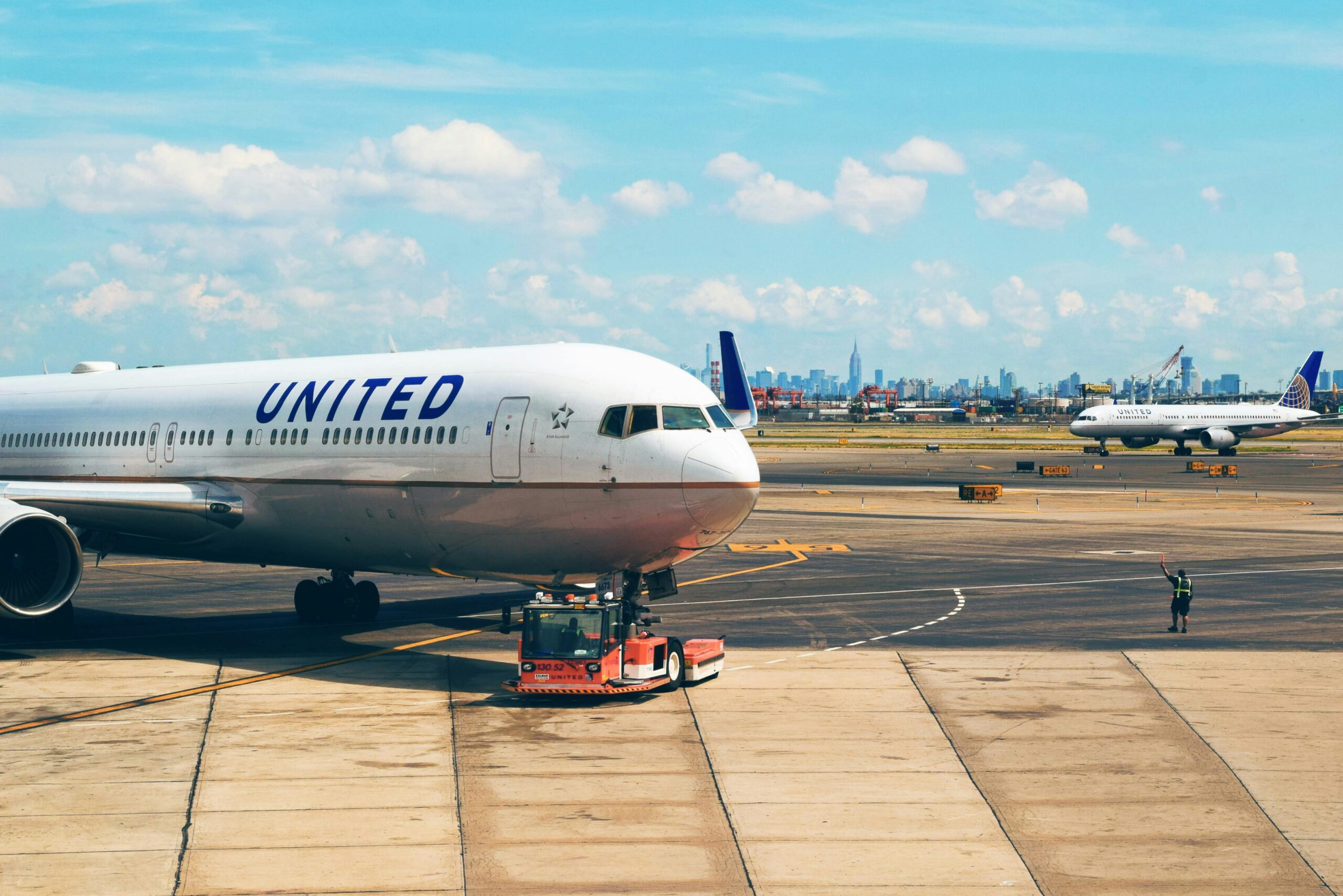Another Day, Another Meltdown: United’s Tech Woes Are a Symptom of a Much Deeper Sickness

Here we go again. If it feels like you’re having déjà vu, you’re not alone. This past week, it was United Airlines’ turn in the IT failure penalty box. A “technology issue” led to a nationwide ground stop, cascading into more than 1,000 delayed flights and hundreds of cancellations. For those of us who practically live in airports, the script is painfully familiar: the vague announcements, the ever-shifting departure times on the gate display, and the sinking feeling of a carefully planned itinerary falling apart in real-time.
While United eventually got its systems back online, the incident is another stark reminder of the fragile technological backbone that supports the entire airline industry. This wasn’t just a random glitch; it was a symptom of a deep-seated, systemic illness. And for travelers, it’s a clear signal that we need to be more prepared than ever for these operational collapses.
What Exactly Broke This Time?
According to reports, the culprit was a failure in United’s Unimatic system. This isn’t some new-fangled app; it’s a legacy mainframe system that is the heart of the airline’s operations. It handles mission-critical data like flight information, weight and balance calculations, and crew assignments. When Unimatic stumbles, the entire airline grinds to a halt. Planes can’t be dispatched, crews don’t know where they’re supposed to be, and the whole logistical chain snaps.
The issue caused a ground stop at United’s major hubs, including Chicago, Denver, Newark, and Houston. The airline classified the disruption as controllable, which, in airline parlance, is an admission of internal fault. This is cold comfort when you’re stuck in a terminal, but it’s an important distinction because it means affected passengers are entitled to compensation under the Department of Transportation’s rules.
The Real Reasons Airlines Keep Breaking Down
It’s easy to blame a single faulty server, but the problem runs much deeper. These meltdowns are the predictable result of decades of decisions and industry-wide structural issues.
1. The Heavy Weight of Technical Debt
Airlines are drowning in what the tech world calls technical debt. This is the cost of choosing easy, short term fixes over robust, long term solutions. For decades, instead of undertaking the incredibly complex and expensive task of building new systems from the ground up, airlines have simply bolted new features onto their ancient, decades old platforms. The Unimatic system, for example, has roots going back to the 1960s. These legacy systems are reliable workhorses, but they are also inflexible, difficult to maintain, and prone to catastrophic failure when one of their creaking parts finally gives out.
2. The Frankenstein Monster of Airline Mergers
Think about the massive airline mergers of the last two decades: United and Continental, Delta and Northwest, American and US Airways. Each of these airlines came to the marriage with its own complex web of IT systems for reservations, loyalty programs, maintenance, and crew scheduling. Stitching these disparate systems together is a Herculean task. The result is often not a sleek, unified platform, but a Frankenstein’s monster of patched-together code, with countless potential points of failure. When one connection in this tangled web breaks, the whole thing can unravel.
3. Aging Government Infrastructure
While this particular United failure was internal, we can’t ignore the environment in which these airlines operate. The Federal Aviation Administration (FAA) is grappling with its own modernization challenges. The long-promised NextGen air traffic control system, which aims to move from radar-based technology to a more modern, satellite-based system, has been plagued by delays and cost overruns. The entire national airspace system is a complex interplay between airline systems and federal systems. When both are brittle, the risk of widespread disruption increases exponentially.
4. The Investment Paradox
For an airline’s executive team, investing a billion dollars in a new IT system that works perfectly is a thankless task. No one sees it. Customers don’t notice it. But if that upgrade goes wrong, it’s a front-page disaster. It’s far more appealing to spend that money on things customers can see and feel: shiny new planes with lie-flat seats, fancier airport lounges, and better in-flight Wi-Fi. As a result, critical behind-the-scenes infrastructure is often starved of the investment it desperately needs until it’s too late.
How to Build Your Own “Personal Redundancy System”
So, what’s a savvy traveler to do? We can’t fix the airlines’ IT problems, but we can build our own personal safety nets. The key is redundancy.
- Financial Redundancy: This is where your loyalty programs and credit cards become your most valuable assets. A premium travel card like the Chase Sapphire Reserve or The Platinum Card from American Express is essential. Their trip delay reimbursement benefits can cover meals, hotels, and transportation when the airline leaves you stranded. This is no longer a “nice-to-have”; it’s a critical piece of travel equipment.
- Lounge Access Redundancy: When chaos erupts in the main terminal, an airport lounge is an oasis. It’s not just about the free drinks; it’s about having access to dedicated airline agents who are often more empowered and less overwhelmed than the agents at the gate. They can rebook you on other flights, sometimes even on other airlines, while everyone else is standing in a massive queue.
- Information Redundancy: Don’t rely solely on the airline’s app. Use a service like FlightRadar/FlightAware to track your plane’s inbound status. If you see your aircraft is delayed coming from its previous destination, you know you have a problem long before the airline officially announces it. This gives you a head start on rebooking.
- Contingency Planning: Always have a Plan B. Know which other airlines fly your route. If you’re flying to a major city, look up alternate airports. Have hotel apps loaded on your phone and be ready to book a room if it looks like you’ll be stuck overnight.
These IT meltdowns are not going away. They are a predictable feature of modern air travel. Until the industry commits to the painful and expensive process of paying down its technical debt, the burden will continue to fall on us, the passengers, to be prepared for the inevitable.

